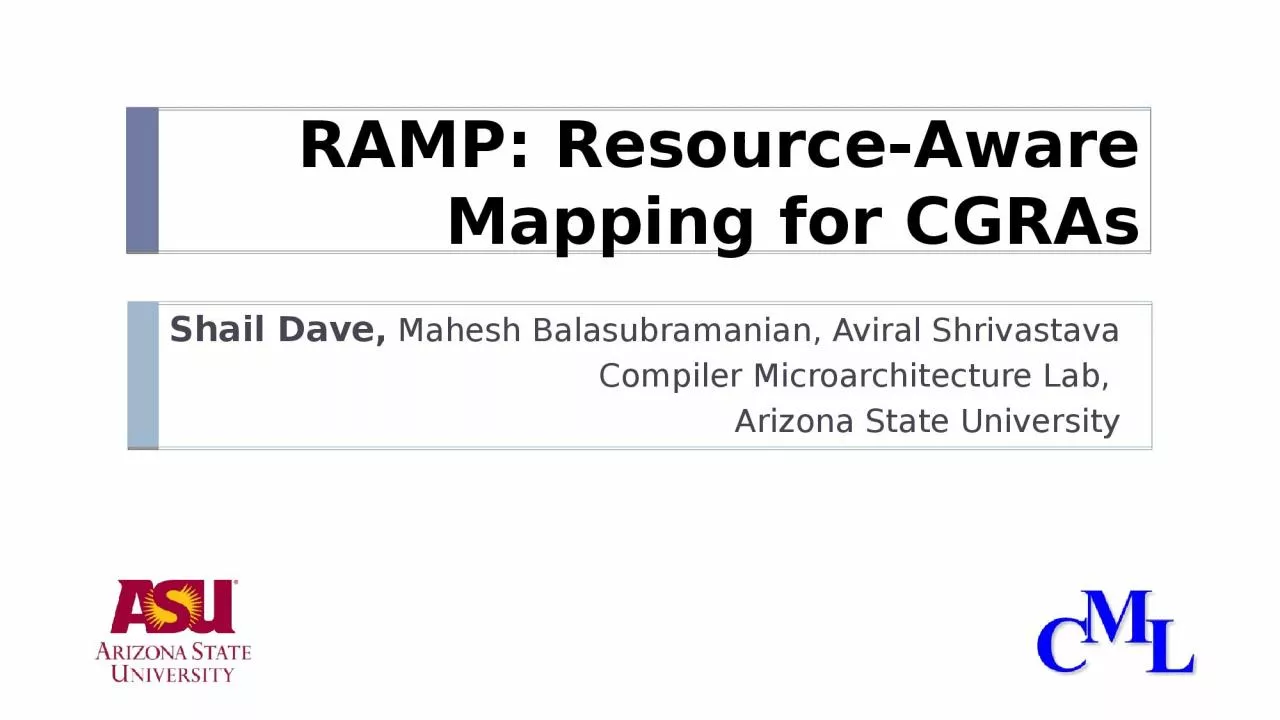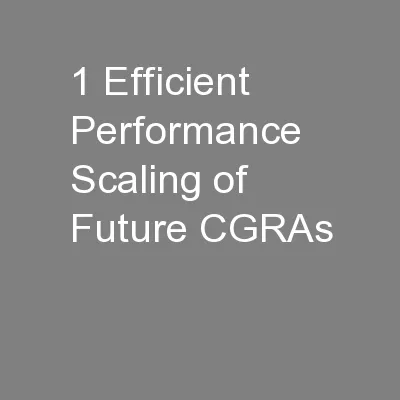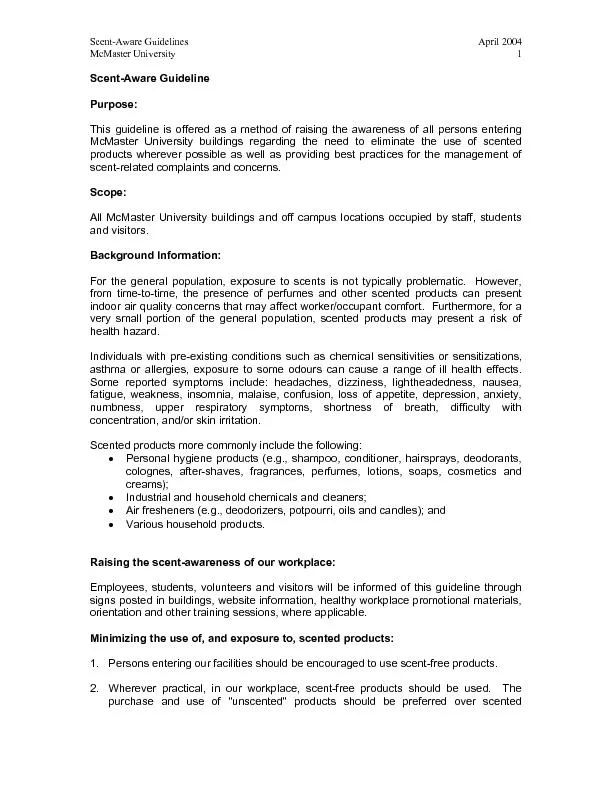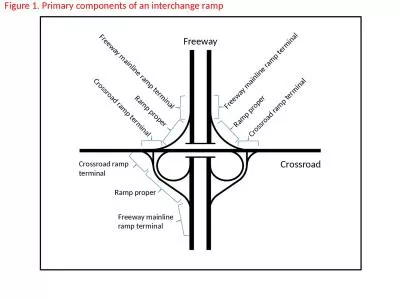PPT-RAMP: Resource-Aware Mapping for CGRAs
Author : dandy | Published Date : 2024-02-02
Shail Dave Mahesh Balasubramanian Aviral Shrivastava Compiler Microarchitecture Lab Arizona State University Coarse Grained Reconfigurable Array CGRA Quick Facts
Presentation Embed Code
Download Presentation
Download Presentation The PPT/PDF document "RAMP: Resource-Aware Mapping for CGRAs" is the property of its rightful owner. Permission is granted to download and print the materials on this website for personal, non-commercial use only, and to display it on your personal computer provided you do not modify the materials and that you retain all copyright notices contained in the materials. By downloading content from our website, you accept the terms of this agreement.
RAMP: Resource-Aware Mapping for CGRAs: Transcript
Download Rules Of Document
"RAMP: Resource-Aware Mapping for CGRAs"The content belongs to its owner. You may download and print it for personal use, without modification, and keep all copyright notices. By downloading, you agree to these terms.
Related Documents














